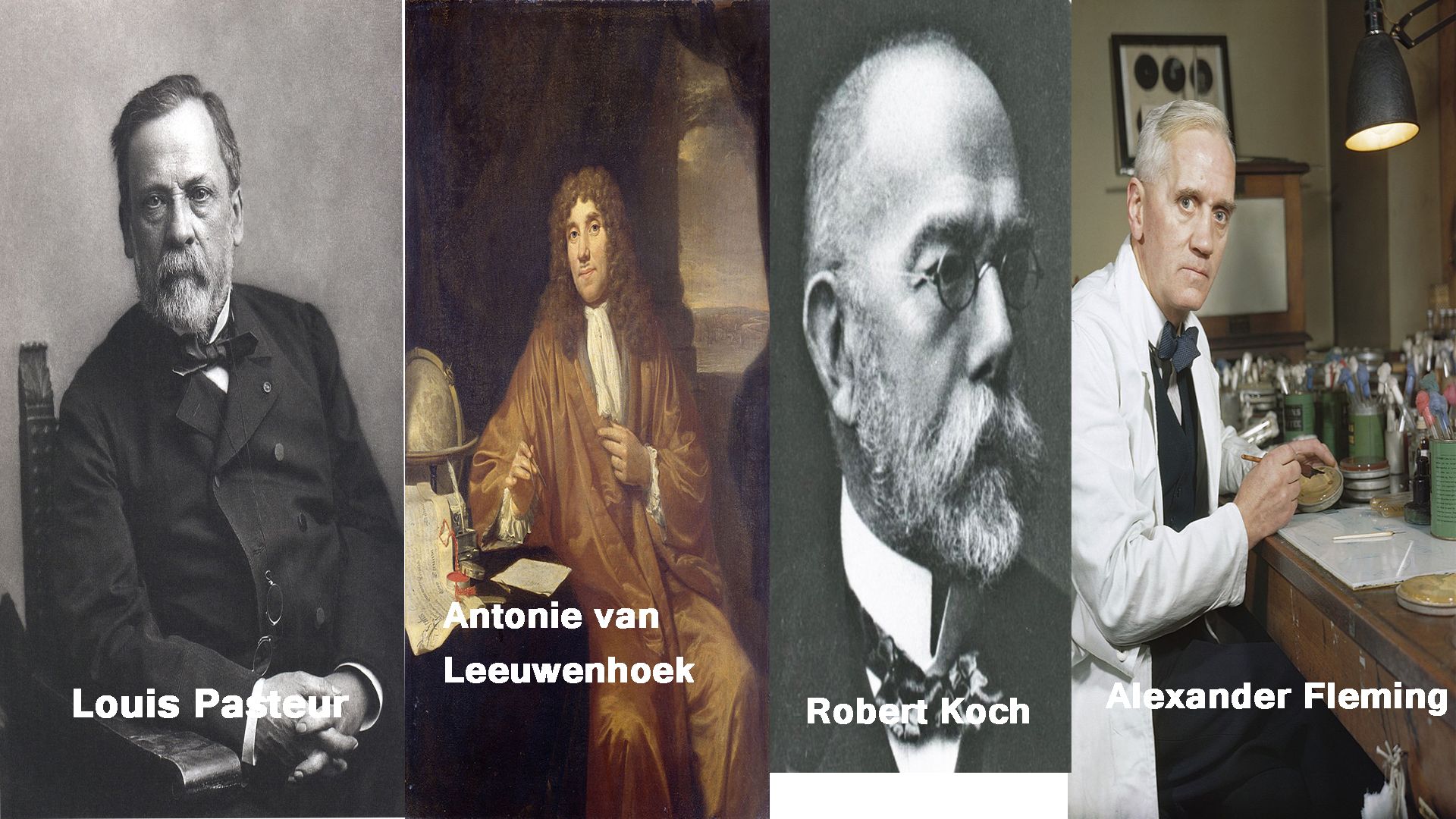They are small, small and small! Empty eyes seen in their eyes. Under the microscope, it is understood that the tinyness of that little soul can be understood. Though seemingly insignificant, we can see their presence in our daily lives every moment! Preparation of milk from yogurt, fruit from wine, flour and cake-biscuits are always used. On the contrary, they are the causes of the most terrible diseases of the world. Just thought I would talk about microbes today.
Germs are basically divided into four groups: bacteria, viruses, protozes, and fungi. The size of them all is very small: one million or more than one hundredth of a meter. Although some prototypes are slightly larger in size, they are never larger than 1 millimeter. Although small in size, germs are unnaturally high in number but in humans, or in other parts of the world. If I say a little open then the matter will be clear. The number of people around the world now 7000000000 (seven hundred million, or 7 x 109). Recently a group of scientists from the University of Georgia were shocked to count the number of bacteria in the world. That number is around 5,000,000,000,000,000,000,000,000,000,000,000,000 (500 billion euros, or 5 x 10 30). Similarly, the number of viruses, protozes, and fungi that is much more than ours is very important.

As a result of many studies of germs, it is widely known that the first stage of the emergence of germs in the history of the world is the first of all. Today, about 3,600,000,000,000 years ago. The history of human civilization is much younger than that. The modern man's history is approximately 200 000 years. Although these germs were always around people during this long time, nobody knew about them before 9th October 1676. The Dutch scientists, Antonie van Leeuwenhoek, first discovered these little souls. He is said to be the father of microbes. During this time, however, Antony Phillips van Leibenhoke did not know that these germs were made from milk to curd, by digestion of food, or small particles caused by fatal diseases such as plague, cholera or tuberculosis. Afterwards, About two hundred years later, French scientist Louis Pasteur and German scientist Robert Koch first identified microbial diseases as the cause of many diseases of the human body. Robert Coke proves that two separate germs are responsible for cholera and tuberculosis. In 1905, he was awarded the Nobel Prize in Medicine for his outstanding contribution to genetic science. The contemporary of Robert Koch was Louis Pasteur and Ferdinand Julius Cohn. Their contributions to exposing the mysteries of microbial science are undeniable. Louis Pasteur gave the concept of vaccine or vaccine for the first time to cure germs. He is the liquid drink (milk, Wine, etc.) The method of sterilizing is to discover the method of pasteurization. This method is also used to preserve liquid drinks in everyday life. Another contemporary discovery in bacterial science is the discovery of bacterial antibiotics or antibiotic penicillin. Scottish scientist Alexander Fleming published the first concept of antibiotics in Britain's Journal of Experimental Pathology in 1929. The discovery of antibiotics is considered as a significant milestone in the history of germs.
(Will continue)
This is what im currently studying on and i'd love to see more of this. I'm more than happy to help out if you'd like.
Downvoting a post can decrease pending rewards and make it less visible. Common reasons:
Submit